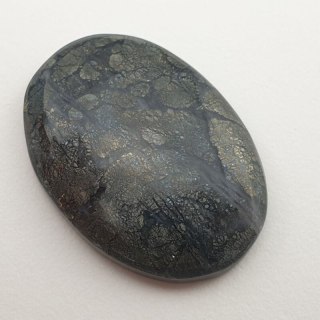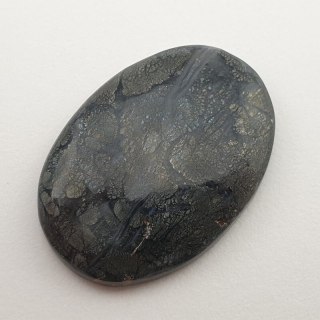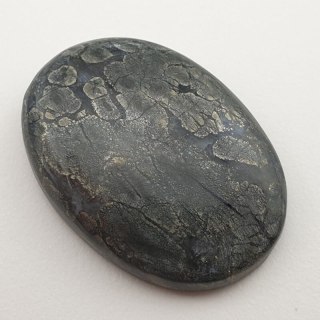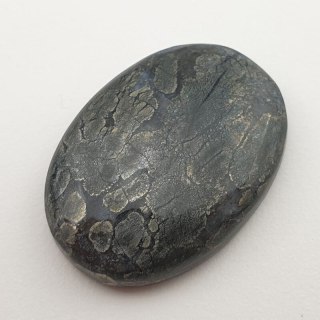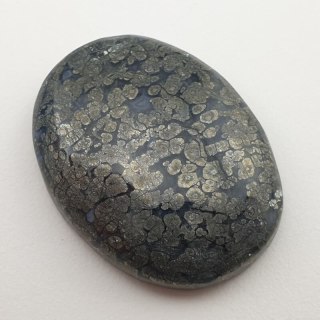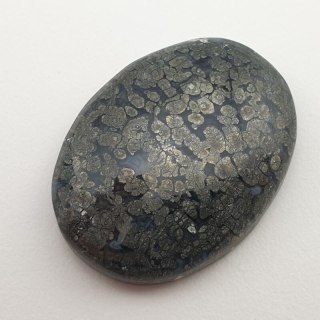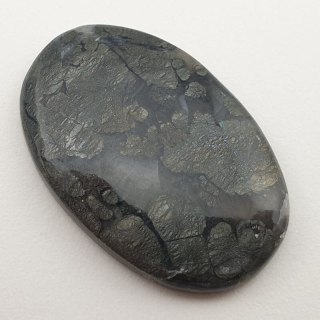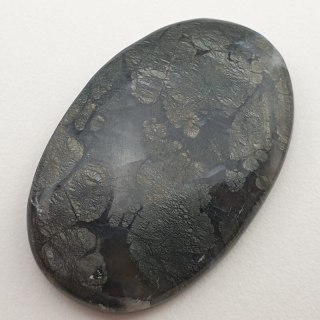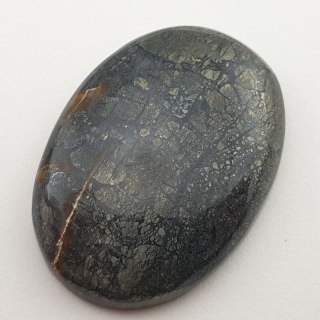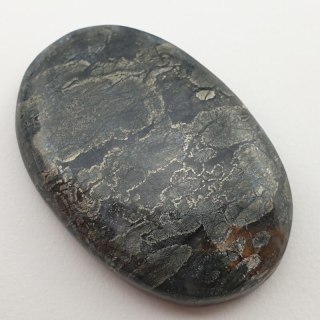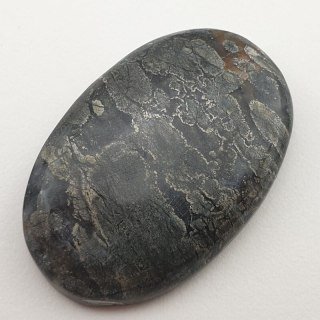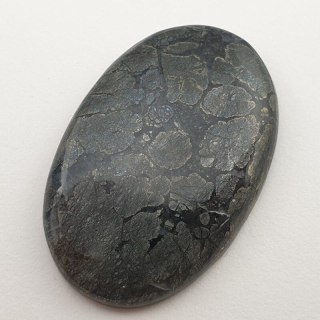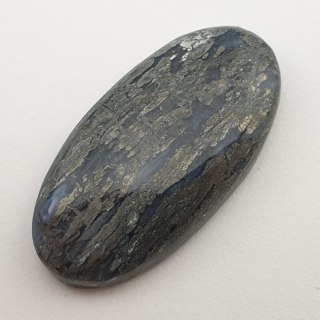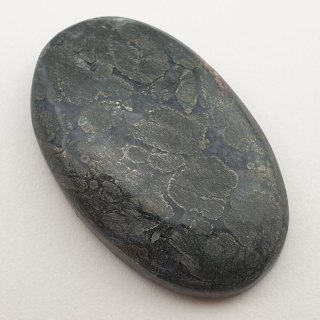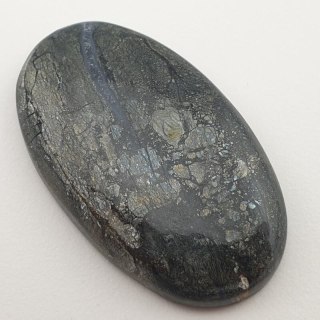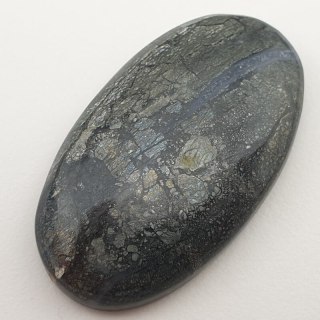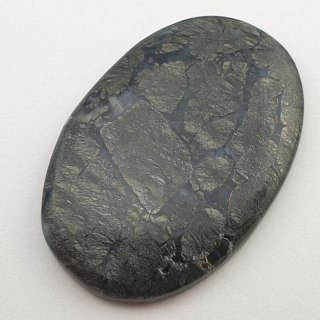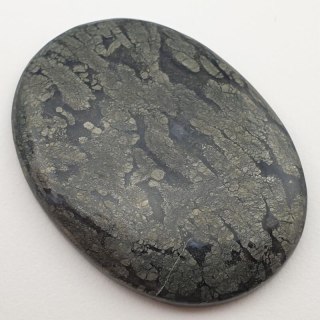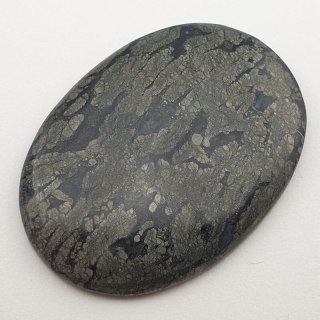- All categories
-
Categories
- Stones | Crystals
- Beads for jewlery
- Jewelry components
- Synthetic stones
- Zodiac stones
- Pearls | Shells
- Pendants
- Bracelets
- Tapes with crystals
- Crystals A-F
- Crystals G-K
- Crystals L-O
-
Crystals P-Z
- Peridote
- Pietersite
- Pyrite
- Prehnite
- Purpurite
- Rhodochrosite
- Rhodonite
- Ruby
- Selenite
- Septarian
- Seraphinite
- Indian seraphinite
- Serpentine
- Petrified wood
- Cat's eye scapolite
- Scolecite
- Sodalite
- Stichtite
- Shattuckite
- Scheelite
- Shungite
- Tektite
- Thulite
- Topaz
- Tibetan turquoise
- Tourmaline
- Tiger's eye
- Tiger's iron
- Unakite
- Variscite
- Sale
- Promo 💵
- Sale 🛒
- New arrivals 💥
- Discounts
- Delivery
- Payment
- Returns
- Contact us
- Blog
- Tapes with crystals (sale -40%)
-
Categories
-
Peridote
-
Pietersite
-
Pyrite
-
Prehnite
-
Purpurite
-
Rhodochrosite
-
Rhodonite
-
Ruby
-
Selenite
-
Septarian
-
Seraphinite
-
Indian seraphinite
-
Serpentine
-
Petrified wood
-
Cat's eye scapolite
-
Scolecite
-
Sodalite
-
Stichtite
-
Shattuckite
-
Scheelite
-
Shungite
-
Tektite
-
Thulite
-
Topaz
-
Tibetan turquoise
-
Tourmaline
-
Tiger's eye
-
Tiger's iron
-
Unakite
-
Variscite
Crystals P-Z -
- Promo 💵
- Sale 🛒
- New arrivals 💥
- Discounts
- Delivery
- Payment
- Returns
- Contact us
- Blog
- Tapes with crystals (sale -40%)
-
- Search
- My account
- Favorites
-
Cart
0
-
Cart (0)Cart is emptyAdd to cart for free delivery -,--Free delivery!Make orderTotal 0 €Price includes discounts
-
Marcasite: A mysterious mineral with a metallic sheen and magical properties
Number of products : 14What is marcasite?
Marcasite is a mineral that is a type of iron sulfide. Its name comes from the Arabic word “markaschats,” which means “crystal.” Marcasite has a crystalline structure and occurs in the form of metallic crystals or plates ranging in color from brass to silver.
Here are some key facts about marcasite:
- Chemical composition: Marcasite consists mainly of iron and sulfur. Its chemical composition is usually iron disulfide (FeS2).
- Crystal structure: Marcasite stones have a crystal structure, and its crystals take on various shapes, such as cubic and pyrite shapes.
- Co-occurrence with pyrite: Marcasite often co-occurs with another iron sulfide mineral known as pyrite (also known as golden ore). Both minerals exhibit similar physical and chemical properties.
- Metallic silvery luster: Marcasite is characterized by a silvery luster, which means that the surface of the mineral reflects light in a similar way to metal.
- Ornamental stone: Due to its metallic sheen and characteristic crystal shapes, marcasite is sometimes used as an ornamental stone in jewelry and as a decorative element in mineral collections.
What are the main chemical components of marcasite?
The chemical composition of marcasite is iron (Fe) and sulfur (S). Marcasite has the chemical formula FeS2, which means that it consists of one molecule of iron and two molecules of sulfur. This combination results in a mineral called iron sulfide.
How does marcasite differ from another popular iron sulfide mineral, pyrite?
Marcasite and pyrite are two iron sulfide minerals that are similar but differ in a few key ways:
- Crystal structure: Both minerals have a crystalline structure, but the shapes of their crystals are different. Marcasite usually takes the form of plates or fibers, while pyrite has cubic crystal shapes, often cube-shaped.
- Hardness of marcasite: Pyrite is harder than marcasite on the Mohs hardness scale. Pyrite has a hardness of about 6-6.5, while marcasite is more brittle and has a hardness of about 4.
- Color and luster: Both minerals have a metallic luster, but pyrite often exhibits a more intense golden or brass color, while marcasite may have a more silvery color.
- Chemical composition: Both minerals are composed of iron and sulfur, but the proportions may vary slightly. Marcasite has the chemical formula FeS2, while pyrite has the formula FeS2, which means it has more iron than sulfur.
- Brittleness of marcasite: Marcasite is more brittle than pyrite, which means it is more susceptible to damage and breakage. Pyrite is more flexible and resistant to breakage.
In summary, although marcasite and pyrite are closely related, differences in crystal structure, hardness, color, and flexibility allow them to be distinguished. In practice, geologists and mineralogists use these differences to identify and classify the two minerals.
What are the typical colors of marcasite and why does it have a metallic luster?
The typical colors of the mineral marcasite are silvery, brass, and sometimes even dark or black. The final color may depend on various factors, such as chemical impurities or other accompanying minerals. However, ultimately, marcasite usually exhibits a metallic luster, which is one of the characteristic features of this mineral.
The metallic, silvery luster of marcasite is due to its crystal structure and electrical properties. Electrons in the crystal structure of marcasite are freely mobile, allowing for rapid conduction of electrical current. When light strikes the surface of marcasite, the electrons absorb the energy of the light and emit it back in the form of reflections, giving it a metallic luster.
It is worth noting that metallic luster is a characteristic feature of many minerals containing metals, not just marcasite. Other minerals, such as pyrite and chalcopyrite, also exhibit metallic luster due to their crystal structure and electrical conductivity properties.
Occurrence of marcasite in rocks and mining sites
Marcasite occurs mainly in sedimentary and metamorphic rocks. Below are some of the main types of rocks in which marcasite can be found:
- Sedimentary rocks: Marcasite is often found in sedimentary rocks such as shales, easily exfoliating shales, and various types of sandstones. In these rocks, the mineral may occur in the form of small crystals or fibers.
- Metamorphic rocks: Under the influence of metamorphic processes, such as high pressure and temperature, marcasite can form in metamorphic rocks, such as metamorphic shales and quartzites.
- Igneous rocks: Although marcasite is rarely found in igneous rocks, it can sometimes be found in volcanic rocks such as basalts. However, igneous rocks are not the main environment in which marcasite occurs.
As for mining locations, marcasite is mined from various areas around the world, but the main regions are:
- United States: In the United States, marcasite is mined in various states, with some of the important areas being Missouri, Illinois, Tennessee, and Kentucky.
- China: China is one of the world's leading producers of marcasite.
- Other countries: Marcasite is also mined in other countries, such as Germany, Poland, Peru, Canada, and Russia.
The mining of marcasite is often associated with the search for various minerals containing iron and sulfur, such as pyrite and hematite.
What are the uses of marcasite in jewelry and other fields?
Marcasite has several uses in jewelry and other fields, although its use is somewhat limited due to its fragility compared to some other minerals. Here are some of the main uses of marcasite:
- Jewelry: Marcasite is a gemstone and is used in jewelry. The most popular is the marcasite cabochon, which is used in rings, earrings, necklaces, and similar jewelry. Its metallic luster and distinctive crystal patterns can give jewelry a unique look.
- Decorative elements: Due to its distinctive appearance, marcasite is also used in various artistic and decorative fields. It can be used as a decorative element in furniture, sculptures, and architectural elements.
- Collectible minerals: Due to its unique crystal structure and metallic luster, marcasite is prized by mineral collectors and geologists. Mineral collectors appreciate the variety of marcasite crystal forms.
- Industrial applications: In the past, marcasite was used to make nails and other metal components because it contains iron. However, due to its brittleness and susceptibility to oxidation, other materials are now typically used for industrial purposes.
It is worth noting that due to the limited durability of marcasite, jewelry made from this mineral requires careful handling to avoid scratches and breakage. In addition, marcasite can react to atmospheric factors, which can affect its appearance and durability.
How can you distinguish marcasite from other minerals based on its appearance?
Marcasite can be distinguished from other minerals by taking into account several characteristic features. Here are some tips that may help you identify marcasite:
- Metallic luster: Marcasite has a characteristic metallic luster. If the stone has a silvery, brass, or dark luster, this may suggest the presence of marcasite.
- Crystal structure: Marcasite has a crystalline structure that can take the form of plates or fibers. If you can see regular crystal patterns on the surface of the stone, this may indicate marcasite.
- Crystal shape: Marcasite crystals take various forms, such as plates, fibers, or cubic shapes. These distinctive shapes can help distinguish marcasite from other minerals.
- Hardness: Marcasite is relatively soft, with a hardness of about 4 on the Mohs hardness scale. If the mineral is harder than this, it may suggest the presence of another mineral, such as pyrite, which has a higher hardness.
- Color: Typical colors of marcasite are silvery, brass, and sometimes dark or black. However, it is important to remember that the color may vary depending on the specific stone.
- Fragility: Marcasite stones are relatively brittle.
When distinguishing between natural stones, it is always helpful to consult a professional geologist and to consult geological literature and mineral identification guides.
What are the magical properties of marcasite?
It is worth noting that the magical properties of marcasite are more related to esoteric traditions and beliefs than to science. People who believe in magic and esotericism may attribute various meanings and properties to marcasite. Below are some examples of beliefs associated with marcasite:
- Protection and purification: Some people believe that the power of marcasite can protect against negative energy and its influences. It is also said to be used to purify energy and the environment.
- Strengthening intuition: Marcasite is sometimes considered a stone that supports intuition and divination abilities. Practitioners of magic may use marcasite to develop psychic abilities.
- Strengthening the spirit: Marcasite is sometimes associated with strengthening the spirit and the ability to cope with difficulties. It can be used to strengthen willpower and perseverance.
- Attracting abundance and prosperity: In some traditions, marcasite is considered a stone that attracts abundance and prosperity. People may wear it or keep it in places where they want to attract good financial energy.
- Emotional balance: Marcasite is sometimes attributed with the ability to balance emotions and help cope with stress or anxiety.
Remember that these interpretations are cultural and have no scientific basis. It is also worth noting that each stone can have different meanings and interpretations in different belief systems and magical practices. People interested in magic and esotericism often use gemstones as symbolic tools in their practices, but these interpretations are individual and depend on a particular tradition or belief system.
![[{[item.product.name]}]]([{[item.product.photo.url]}] 75w)

